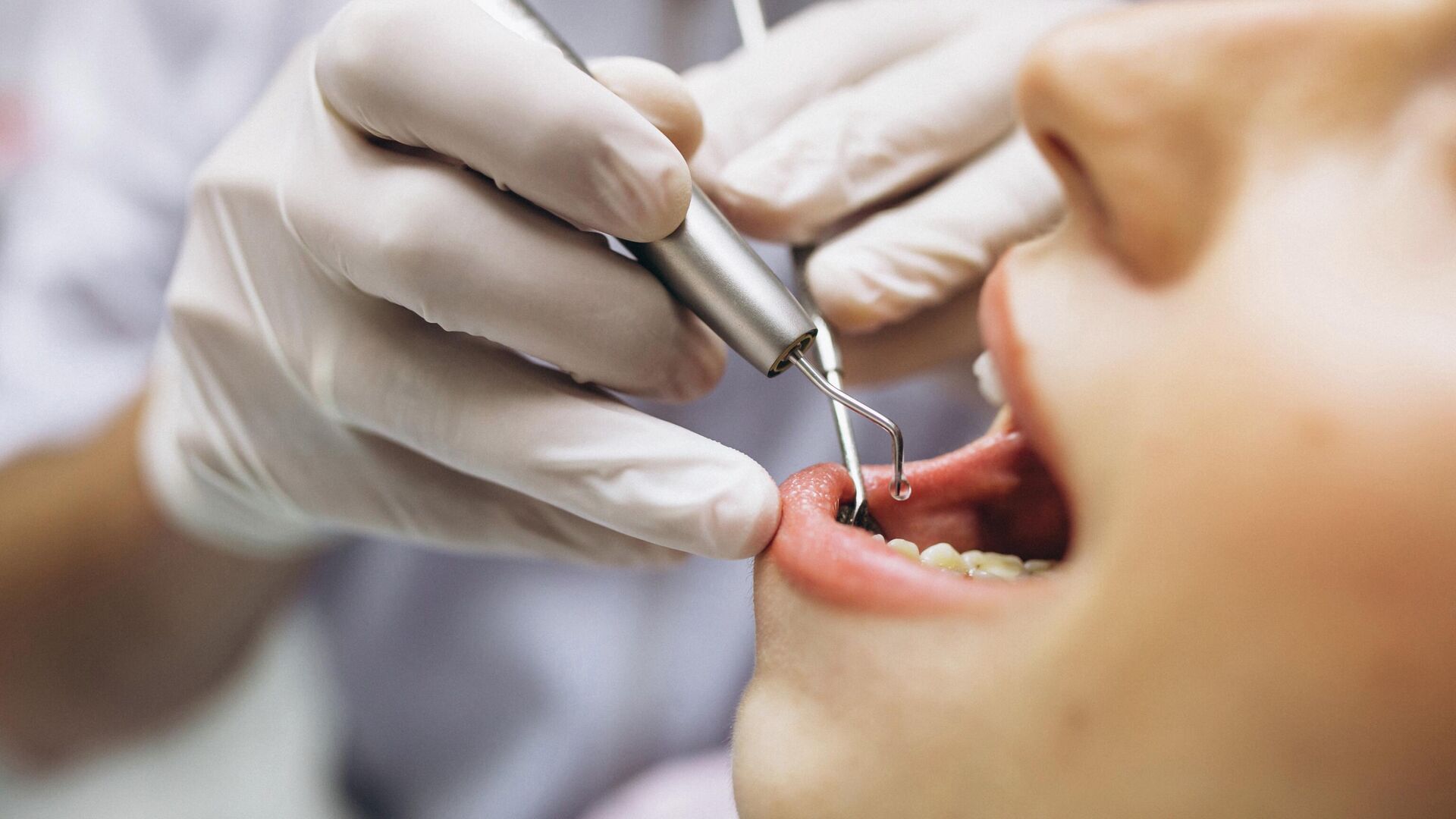
MOSCOW, March 14 A team of domestic scientists from Sechenov University, St. Petersburg State University of Aerospace Instrumentation (St. Petersburg State University of Aerospace Instrumentation), Penza State University and Kazan State Medical University managed to identify the safest position of the jaw for the introduction of dental anesthesia.
The 3D model of the skull fragment created by the researchers made it possible to determine that in order to avoid the formation of hematomas and nerve damage, it is necessary to perform the injection with the oral cavity as wide open as possible and the lower jaw shifted to the right “all the way.” The results are presented in the Annals of Anatomy — Anatomischer Anzeiger.
Mandibular anesthesia, used in dentistry to relieve pain in the patient's lower jaw, involves blocking the branches of the mandibular nerve when injecting into the pterygomandibular space. This procedure is associated with various complications (infection, hematoma, bleeding, nerve damage).
There are several different techniques for administering mandibular anesthesia, depending on the “dental school” in which the specialist was trained. As experts explained, the methods of administering such anesthesia differ in the choice of the optimal position of the jaw, which means a certain displacement of the jaw and opening of the oral cavity, allowing to “expand” the space between the nerve and the vessel for the administration of anesthesia.
< /span>
Scientists have noticed that conducting experiments on choosing the optimal position in vivo (with the participation of a living patient) is difficult. To confirm the “optimality” of a particular jaw position, they resorted to computer modeling.
Researchers from Sechenov University, St. Petersburg State Aviation Administration, Penza State University and Kazan State Medical University have developed a 3D model based on computed tomography (CT) images to establish the jaw position at which anesthesia injection will be as safe as possible.
“
“Based on the CT scans of the patients, a model of the base of the skull, lower jaw, and artery of the head and neck was built. The muscles (masticatory, medial pterygoid, lateral pterygoid), mandibular ligament, temporomandibular joint and ternary nerve are modeled in accordance with human anatomy,” noted Anna Safronova, assistant professor of the Department of Biotechnical Systems and Technologies of St. Petersburg State University of Aeronautics.
She added that by fully opening the mouth and shifting the position of the jaw to the right “all the way”, an increase in the distance between the vessel and the nerve is achieved, and the likelihood of damage to these structures is reduced.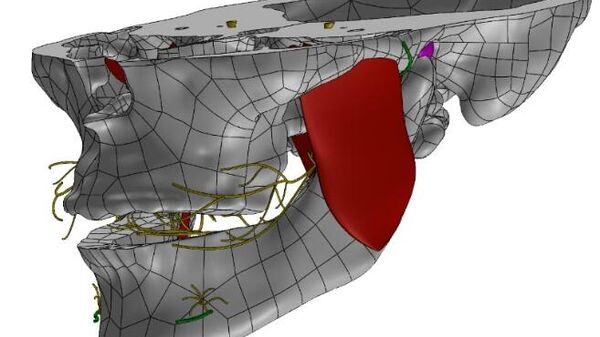
1 of 3

2 of 3
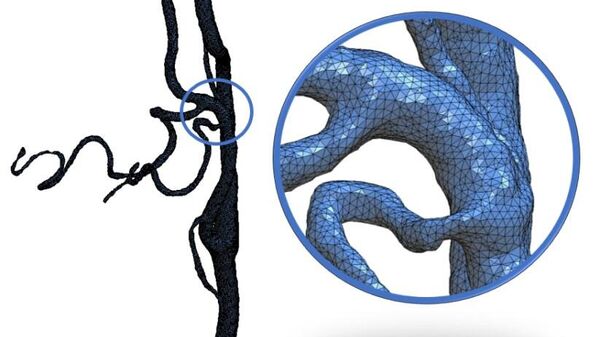
3 of 3
1 of 3
2 of 3
3 of 3
«We conducted 5 studies with different jaw positions (fully open mouth, half-open and variations of displacement to the left and right). Based on measuring the distance between the nerve and the vessel (the left side of the face is considered), we came to the conclusion that the greatest distance is achieved with the mouth fully open and maximum displacement of the jaw to the right,” said the specialist.
In her opinion, the created 3D model can be used in the educational process to improve the development of the theory and practice of conduction anesthesia on the lower jaw.
Within For this study, the team plans to obtain data that takes into account the variability of anatomical structures in people of different sexes and ages, which will justify the use of a new approach in clinical practice.
July 1, 2023, 08:00




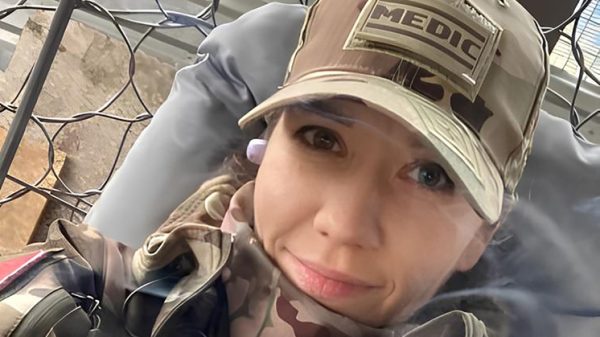



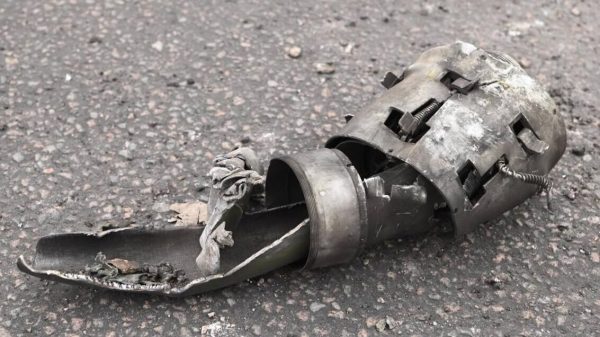


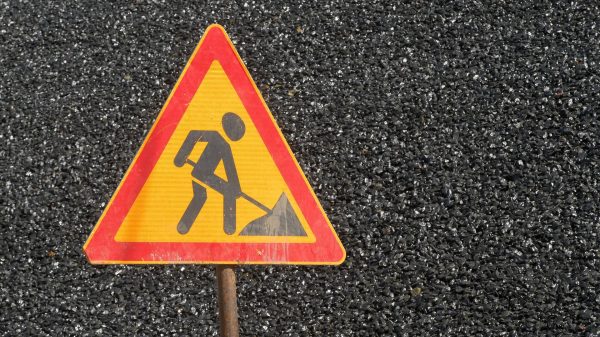



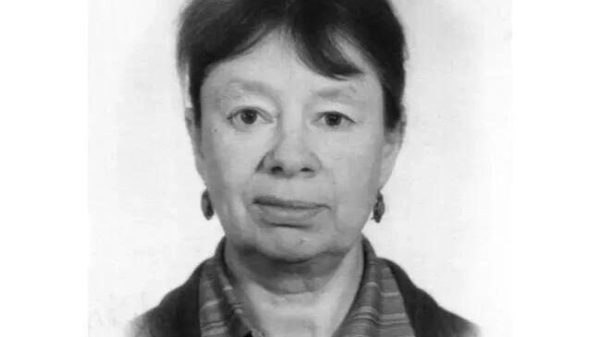



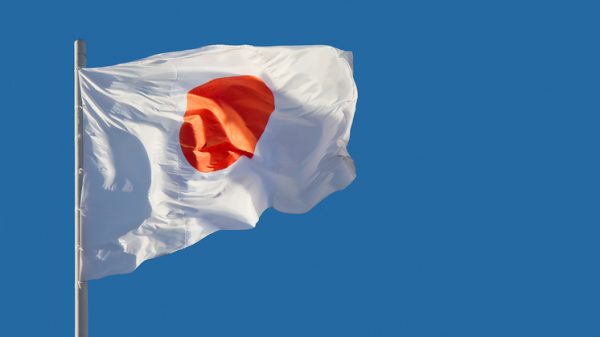














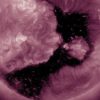

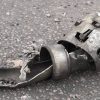
















Свежие комментарии